MOBA – the most successful genre in esports so far
The games that pushed the boundaries of esports, made it truly mainstream and inflated the prize pools in competitions.
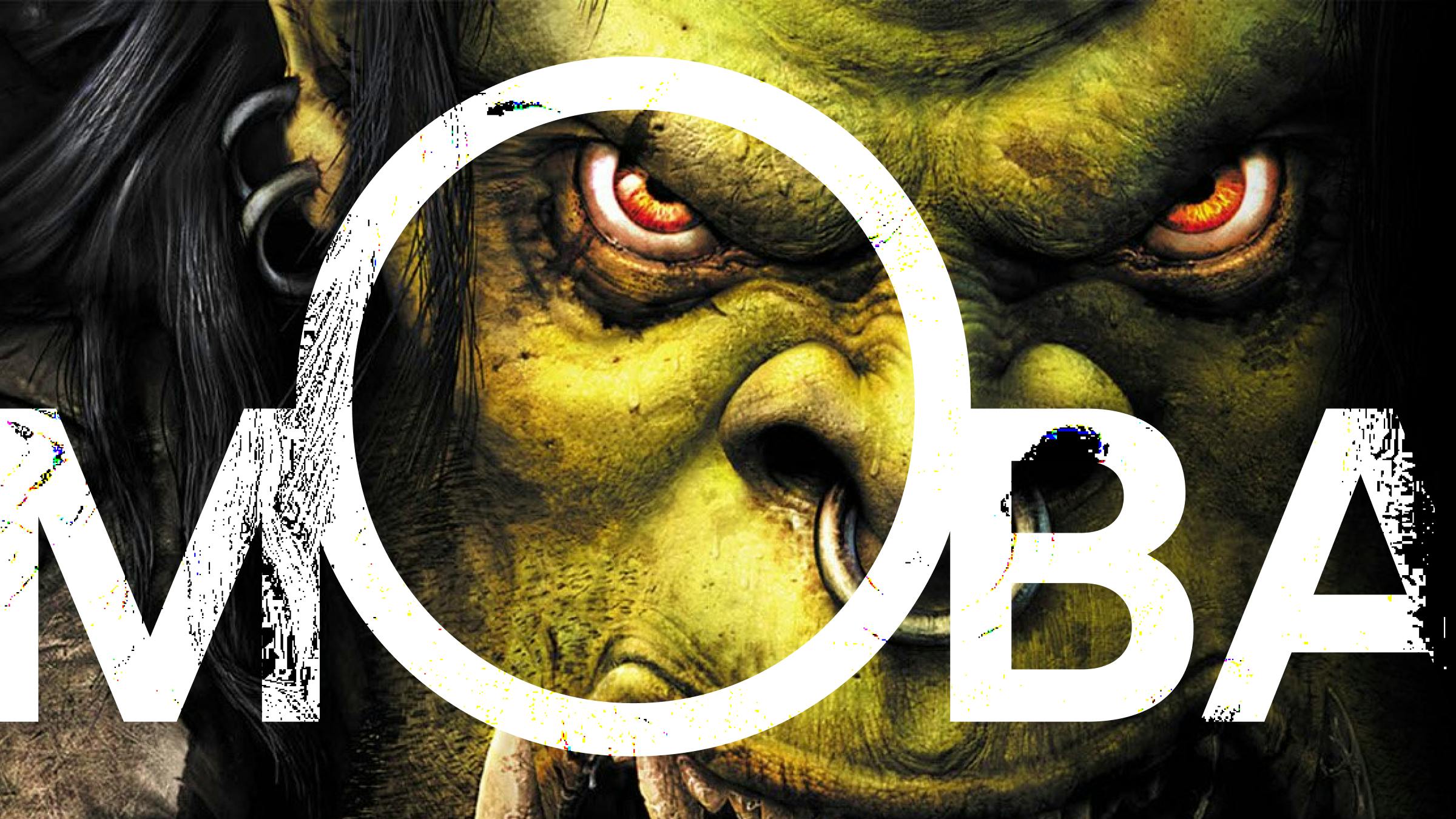
Description: MOBA stands for Multiplayer Online Battle Arena. It typically puts teams of 5 players against each other in maps that are split into lanes (usually 3), pathways on which AI-controlled, auto-spawned minions clash in fights. The players control only their heroes, which they draft at the start of every match, and they work together, acquiring items, gold and experience, and fighting for control over specific map areas and strategic goals.
The game’s win condition is destroying the opposing team’s main building (e.g. the Ancient in Dota). MOBA games heavily emphasize teamwork and good coordination between teammates, as the 5 heroes all have unique roles and complement each other. The selection of heroes is huge (148 in LoL, 123 in Dota), so while mechanically the core gameplay is arcade-ish and repetitive, strategically there is a limitless number of combinations, so game knowledge and tactics are also key elements of the game.
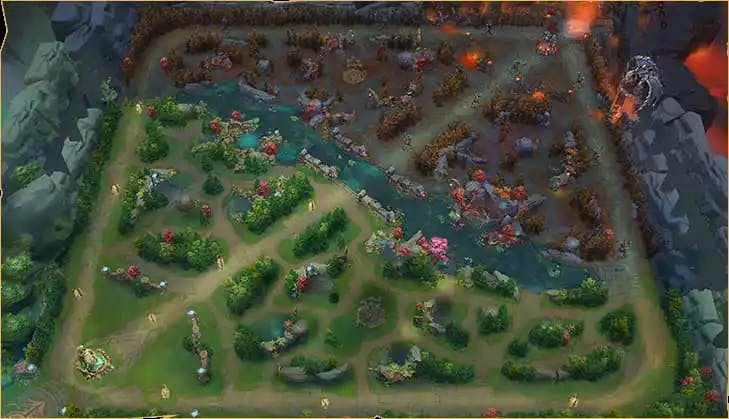
Source: ldplayer.net
Notable games:
Dota, League of Legends (PC&Mobile), Heroes of Newerth, Smite, Heroes of the Storm.
History facts:
MOBA is (arguably) a sub-genre of the Real Time Strategy genre, and the first games in the genre were simply custom maps made in the Starcraft 1 and Warcraft 3 map editors. The game called Aeon of Strife made in the SC1’s StarEdit is often cited as the first MOBA ever.
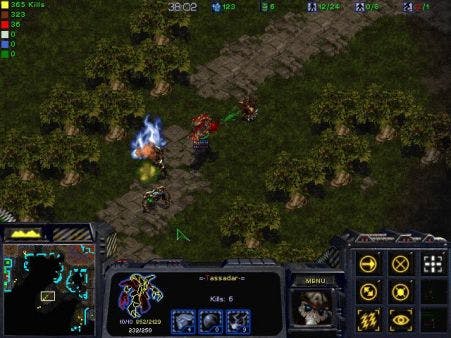
Tassadar, the most well-known champions of AoS. Source: lostmediaarchive.fandom.com
Warcraft 3 Reign of Chaos that was released in 2003 became the platform that truly shaped the genre as we know it and took it to the next level. It was a big hit and had a tremendous player base. The game’s community made incredible things with the help of the game’s powerful map editor, and MOBA-type games were just one of many sub-genres of custom maps that were popular back then. Warcraft 3 became not only a game, but a kind of a “game launcher” platform with social network features – people bored or dissatisfied with the main game, which was quite competitive, could jump into different games made with the editor in just a couple of clicks.
Kyle “Eul” Sommer had made the first version of Dota in 2003, but a lot of mapmakers contributed to it later on, because, theoretically, the game was no one’s property and the custom map files were editable by just about anyone with enough experience with the game’s editor.
It was not until a year later (after the release of The Frozen Throne, Warcraft’s expansion) that the game’s community mostly consolidated around one version of the map, called Dota Allstars. It had been maintained by IceFrog, the person who was later hired by Valve to develop Dota 2, since 2005.
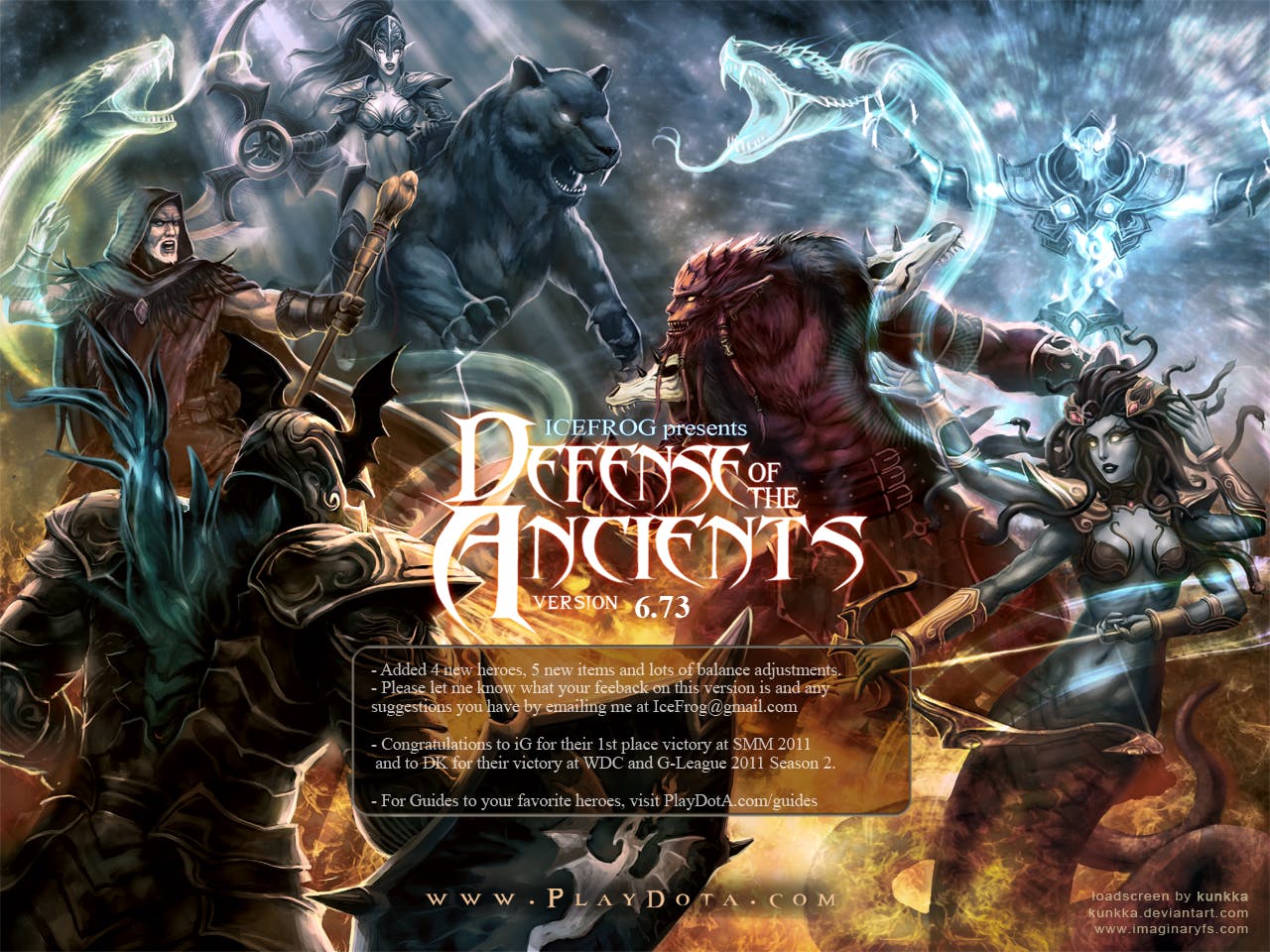
Source: wikiwand.com
The first league was Clan TDA (Team DotA Allstars) formed in April 2004. Its rise in popularity was helped in great part by the website DotA-Allstars.com founded on October 14, 2004 by TDA member Pendragon. It became the official website for the DotA Allstars map, as well as a place for the DotA community to discuss the game. The forum eventually grew so much that it had a staff of over 100 volunteers and moderators, as well as over one million unique visitors every month.
Streaming was not a thing in 2004, and the early tournaments and leagues of Dota are simply not so well documented. The Esportsearnings database contains limited information on the matter. Dota is known to have been picked up by WCG in 2005. Other notable competition names include the RDL League, Ace-Dota Pro League and G-League.
League of Legends was released in 2009 by Riot Games, with one of the previously mentioned Dota contributors, Kyle “Eul” Sommer, and it quickly gained traction, as it was a free-to-play game with a much more modern feel than the dated Warcraft 3 engine could provide. It was a much more convenient game, seeing how it was a standalone release, and players didn’t have to buy another game, which was Warcraft, just to play a custom map made for it.
The first League of Legends World Championship was held in 2011 in Jönköping, Sweden, where teams fought for the prize pool of $99,500.
The release of LoL somewhat divided the MOBA community, but the popularity of both Dota Allstars and LoL was on the rise. A large part of the community stayed true to Dota and would settle for nothing less than a true heir, and Heroes of Newerth, released by S2 Games in 2010, had a shot at filling these shoes, seeing how it was a nearly identical copy of Dota (the heroes were pretty much renamed and redesigned to avoid infringing any intellectual property rights of Blizzard Entertainment). However, the game’s buy-to-play model and a few other questionable decisions ultimately lead to the game’s failure.
Dota 2, created by Valve with IceFrog, was announced in 2010, and released as a beta in 2011. It was a huge milestone for the entire esports industry, let alone the MOBA genre, as the game’s launch was commemorated by the International, the tournament played during Gamescom 2011, where 16 invited teams competed for a record-breaking $1.3M prize pool. While that seemed like an exorbitant amount of money, since then the prize pool of the International has only been growing, peaking out in 2022 at more than $40M.

Source: YouTube
In an attempt to compete as an esports title, Riot Games launched the LCS (League of Legends Championship Series) in 2013, and it has also become one of the most successful and professional esports competitions in the world with multi-million prize pools.
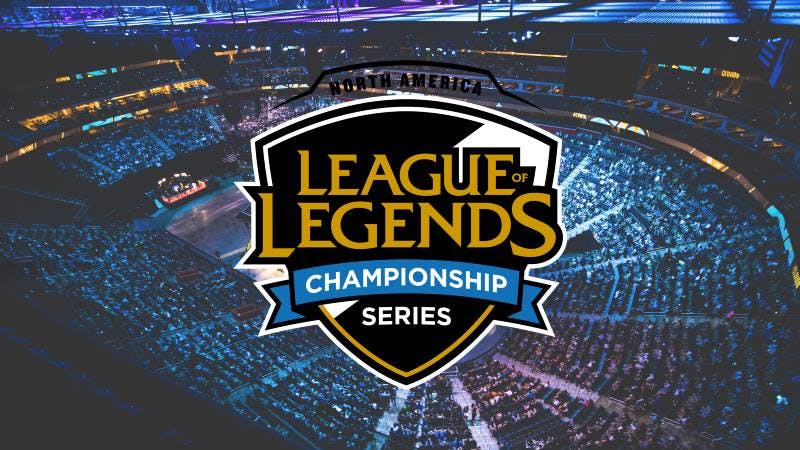
Source: gvme.org
Recently, both games started competing at the next, more mainstream level, by monetizing the valuable IP in increasingly diverse ways, both titles have ongoing popular animated series to their name.
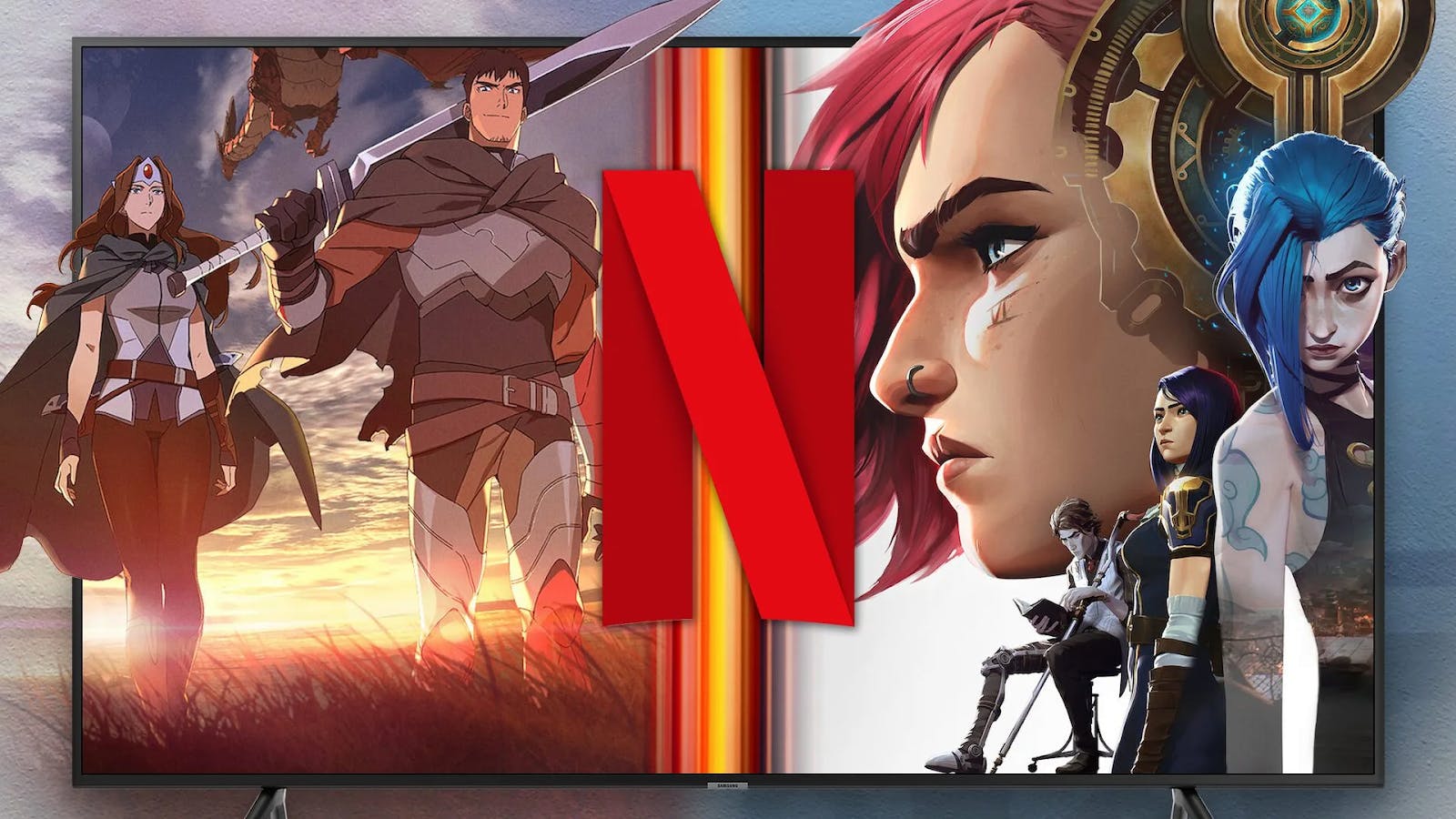
Source: upcomer.com
Is there nothing beyond Dota and Lol though? Around 2009-2015 the answer would most definitely be “yes”. In the last 10 years, there have been many attempts to jump on the MOBA bandwagon by developers of other games, and most of them failed, in spite of their games boasting some of the most popular intellectual property in the world: take Guardians of Middle-earth (2012) or the Witcher Battle Arena (2015), for example.
Somewhat ironically, Blizzard, the company that made Dota possible, jumped on the bandwagon too late with their Heroes of the Storm, which launched as a closed beta in January 2015, with the full release coming out 5 months after in June 2015. The game arrived to the market late, and could not compete with either Dota or LoL in terms of gameplay. Overly simplified in an attempt to appeal to a more casual audience, it failed to capture some of the genre’s appeal and its esports scene never really took off. In 2022 the company announced that HotS would no longer receive any updates.
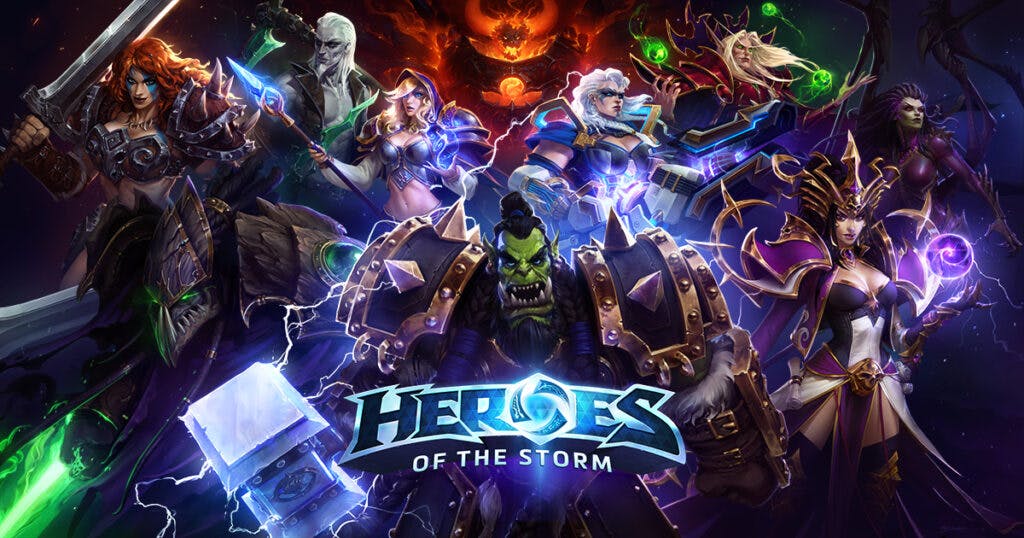
Source: heroesofthestorm.fandom.com
Smite, a MOBA that is by far less popular than the two giants leading the pack, is still worth an honorable mention because it’s one of the few products that dared to be different, and did not fail on the market (the game has been able to sustain and grow a decent player base since its release in 2014). Smite’s unique feature is that players control their characters in a classic third-person perspective, while other MOBAs are true to their RTS roots and have the top-down, zoomed-out perspective.
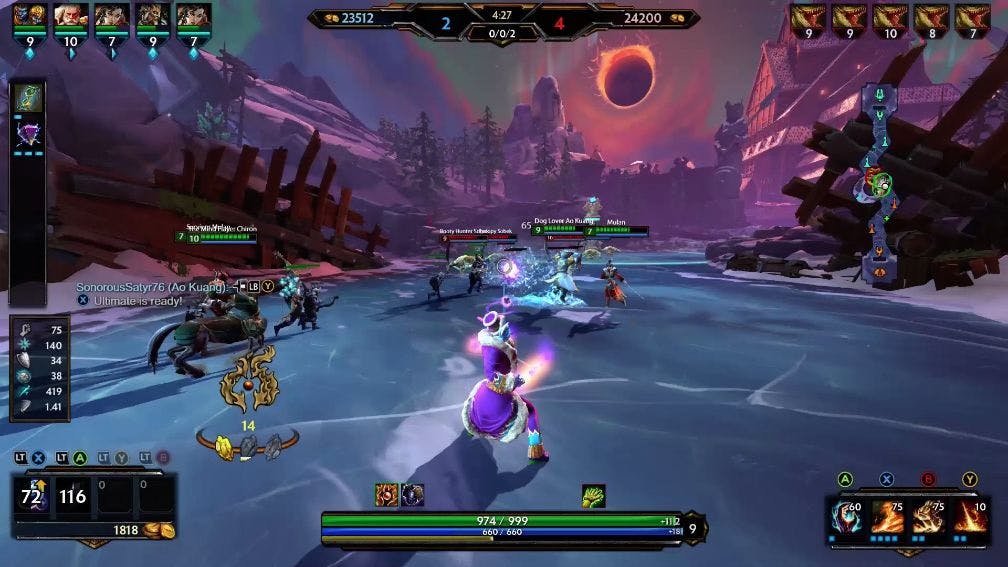
Source: twitter.com/SMITEGame
The more recent events pertaining to the history of the genre are related to the rise of mobile competitive gaming. While Dota remains a PC exclusive, League of Legends is represented by two big mobile gaming hits: Wild Rift (the more hardcore of the two games) and Mobile Legends (the game for a more casual audience).
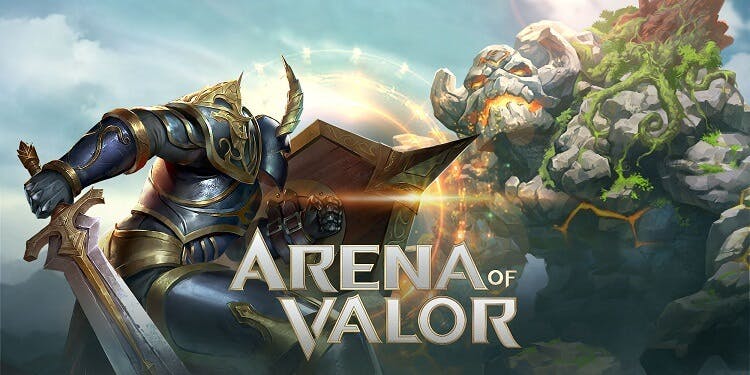
www.videogameschronicle.com
Arena of Valor is another hugely successful mobile MOBA, published by Tencent. It has an esports scene with enormous prize funds, which is no surprise, since it’s one of the most grossing mobile games in history, generating billions in profits – $875M in the first quarter of 2017 alone.
Current state, competitions, numbers:
It’s fair to say that the two “headliners” of the genre receive a reasonable amount of support from their developers; their esports scenes have been steadily growing for the past several years.

Source: Esports Charts
According to Esports Charts, in 2022, League of Legends had more tournaments and attracted a larger audience than other games, both in the MOBA genre and outside it.
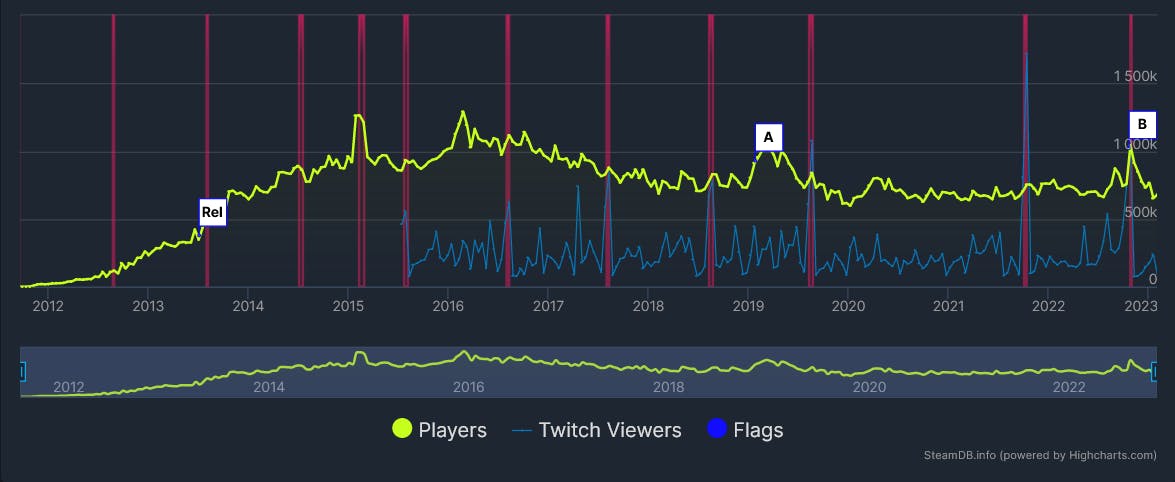
Source: SteamDB.com
SteamDB.com provides an interesting insight in the trajectory that Dota 2 is going in now: the game’s popularity has somewhat plateaued after a period of extensive expansion, and we can only see peaks in player activity and tournament viewership around the dates of large tournaments, especially the International. It’s difficult to make a direct comparison with LoL due to the lack of an accurate and accessible online database with LoL data, but most online sources estimate that the number of daily concurrent players is approximately 3-4x that of Dota, and is anywhere in between 2M and 3.2M players.
There is one advantage Dota has historically had over LoL - the International, a landmark yearly event that has been steadily increasing in scale and popularity since its inception and till 2021.
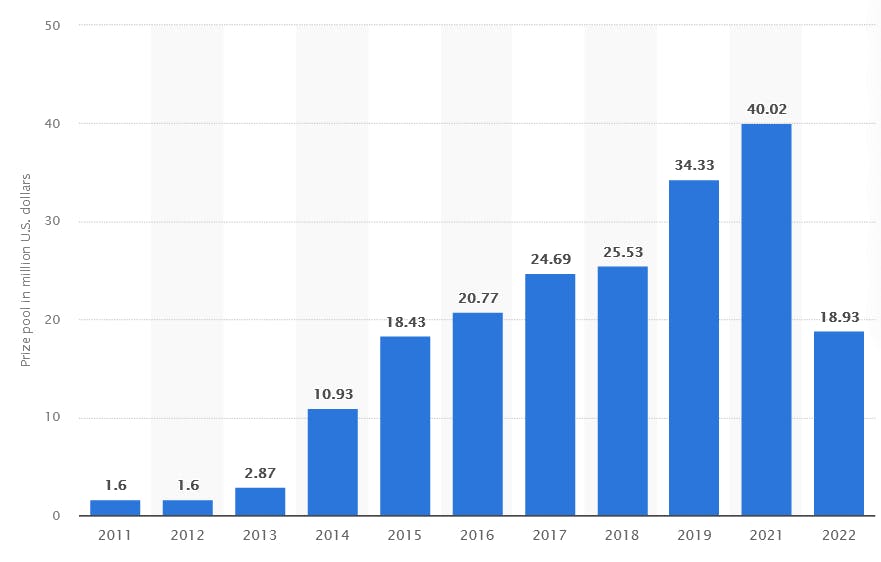
Source: Medium
One could argue that LoL is the king of esports, because there are more tournaments taking place every year, and LoL has a better organized regular circuit of tournaments throughout the year, but there is no denying that the International is an iconic event that has pushed the boundaries of what’s possible in esports and made more than a few players millionaires in a matter of days. Both games, however, have long-running professional competitions with lots of great teams in every region. Dota has DPC (Dota Pro Circuit) which culminates in the International, while LoL has League of Legends World Championship and a number of large regional leagues (LCS, LEC).
With all this in mind, it’s even more exciting to learn that there are other games besides Dota and LoL that have a rapidly developing esports scene. Arena of Valor is a great illustration of this fact:
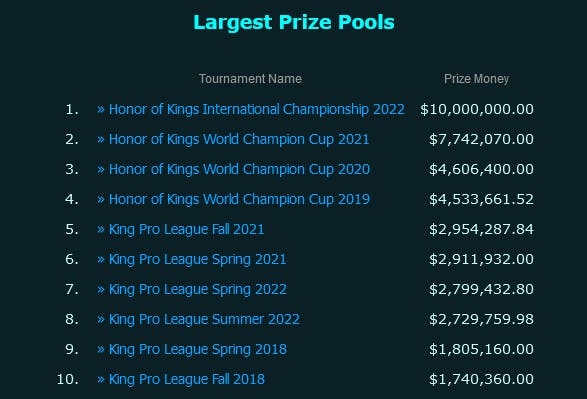
Source: esportsearnings.com/
It’s important to note that most of the successful teams in this game are from China, and according to the data from esportsearnings.com, Chinese teams have won more than $50M over the period from 2016 to 2023 in 145 tournaments.
Conclusion. Why should you pick up a MOBA in 2023?
The MOBA genre is alive and well, and has a bright future, so whether you’re looking to enjoy it casually or contemplate going pro at some point, this is a great choice. MOBA as a genre is here to stay, and even if Dota and LoL eventually get removed from the spotlight by another game (which is difficult to imagine), your skills will be useful in transitioning to another MOBA game.
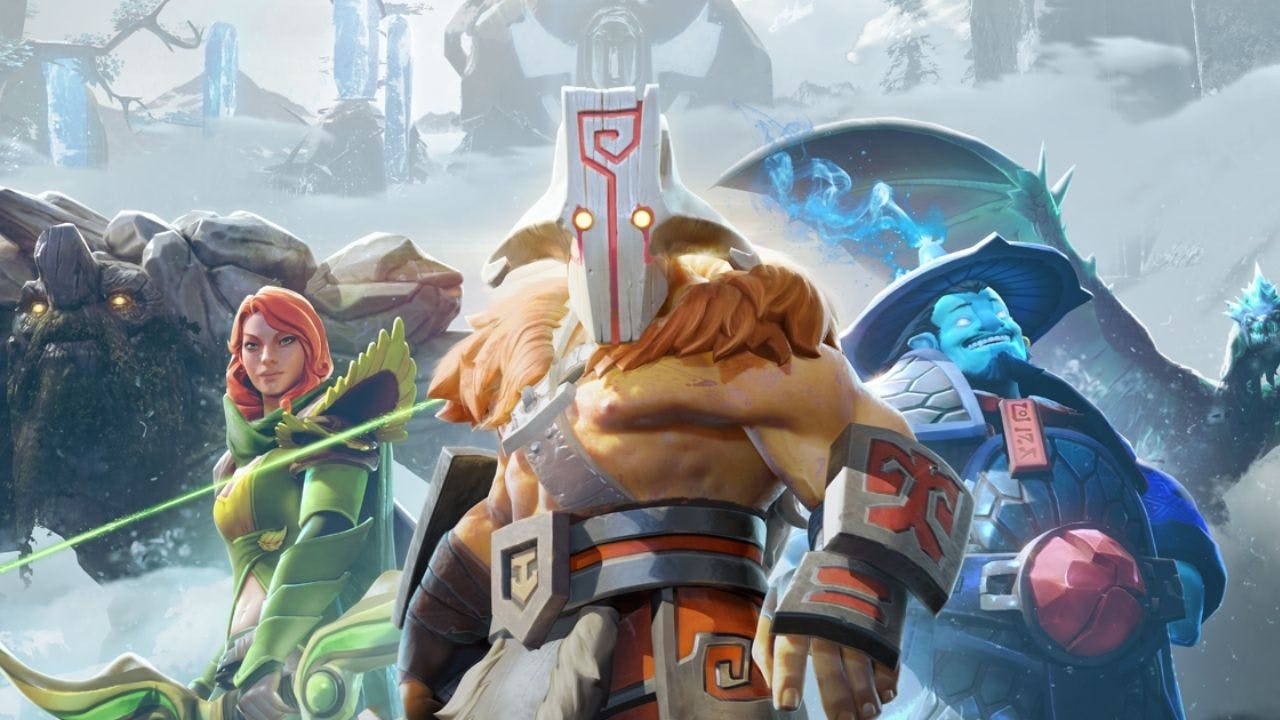
Source: pl.ign.com
Here are some pros, cons and special genre’s features to keep in mind when you’re getting acquainted with the MOBA genre:
(+) MOBAs have large and vibrant communities: the game promotes socialization and teamplay, you’ll likely to find friends to play with and content creators to follow and learn from.
(+) Alongside the FPS genre, MOBAs are the most popular kind of esports, there are plenty of opportunities to earn money playing MOBAs (esports, streaming, content creation, coaching, and even more dubious practices like account boosting), if you reach a certain level of proficiency.
(+) New heroes, modes, cosmetic items, seasonal events and battlepasses get released quite often for the major MOBA titles, like Dota and LoL, so if you prefer to play the game casually, there’ll still be enough new content to keep you engaged. The Game-as-a-Service monetization type has its advantages – the developers are likely to never stop supporting the games, as long as the players are active.
(?) MOBA games, with tens of heroes and items, and thousands of possible combinations, are extremely hard to balance, that’s why balance patches with nerfs and buffs are a routine thing, and the changelogs in these patches can be quite long, in stark contrast to CS:GO, where balance patches are extremely rare. If you like change and adapting to the ever-shifting metagame, the genre is definitely for you, but if you like stability, then you’re more likely to find it elsewhere.
(?) The sheer number of heroes and different mechanics can be overwhelming. You can play the game for a few thousands of hours and still occasionally learn something new. And then forget about it, and learn it again in a few months. If you don’t mind being surprised by your opponents, you’ll be taught a lot of hard lessons, and you’ll be happy with your experience. If you’re a highly competitive player, you’ll need to sink in hundreds of hours and learn the game through trial and error before you can truly master all the intricate mechanics, all heroes and all roles in these games.
(?) Keep in mind that MOBAs are team games where players have very specific roles, and some are considered more fun and preferred to play (pretty much mid and carry, both in Dota and LoL), while the support roles fulfill some less exciting duties, which some players feel reluctant about. Sometimes conflicts arise as early as during pick stages in matches, and there are no perfect solutions – not all matches will be enjoyable.
(-) MOBAs have relatively toxic communities and, even though both LoL and Dota have various measures in place to somewhat limit aggressive behavior, you’re still likely to face pressure, even insults from your teammates in matchmaking. The games in this genre illustrate the cognitive bias (also known as the Dunning-Kruger syndrome) perfectly – the less competent a player is, the more likely they are to be confident enough in their abilities, and the more likely they are to shift the blame for a loss on their teammates.
(-) MOBAs have strategic depth, but only professional matches truly capture it. The strategic aspect of the game is more often than not ignored in public matchmaking, so you’re not likely to enjoy it fully while playing on your own. You’ll need to try finding an organized team of like-minded individuals and play as a team of 5 to fully experience either LoL or Dota.
All in all, there is a reason why MOBA games are so popular – they are exciting, fresh and best enjoyed with a group of friends. The way they’re built around a large roster of heroes makes it easier for developers to keep things fresh by adding new heroes and items over time, so you’re not likely to get bored too quickly. The genre is also more accessible than ever now: neither LoL or Dota would require you to own a top-end PC to enjoy them properly at a decent framerate, and they don’t really benefit much from a 144 hz, let alone 240+ hz display. Moreover, multiple decent mobile MOBAs are emerging, making it possible for players from all regions to take their game wherever they go.